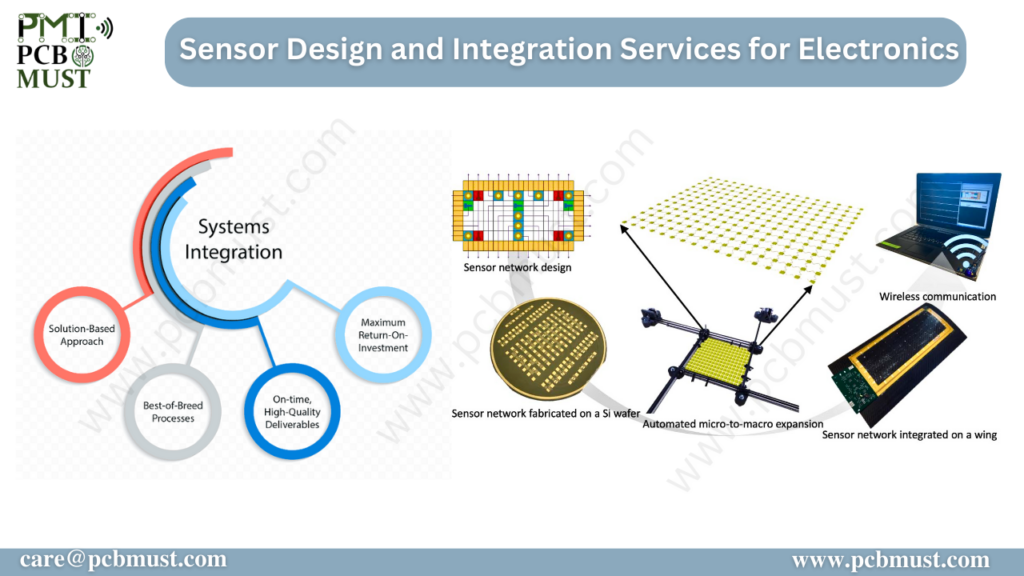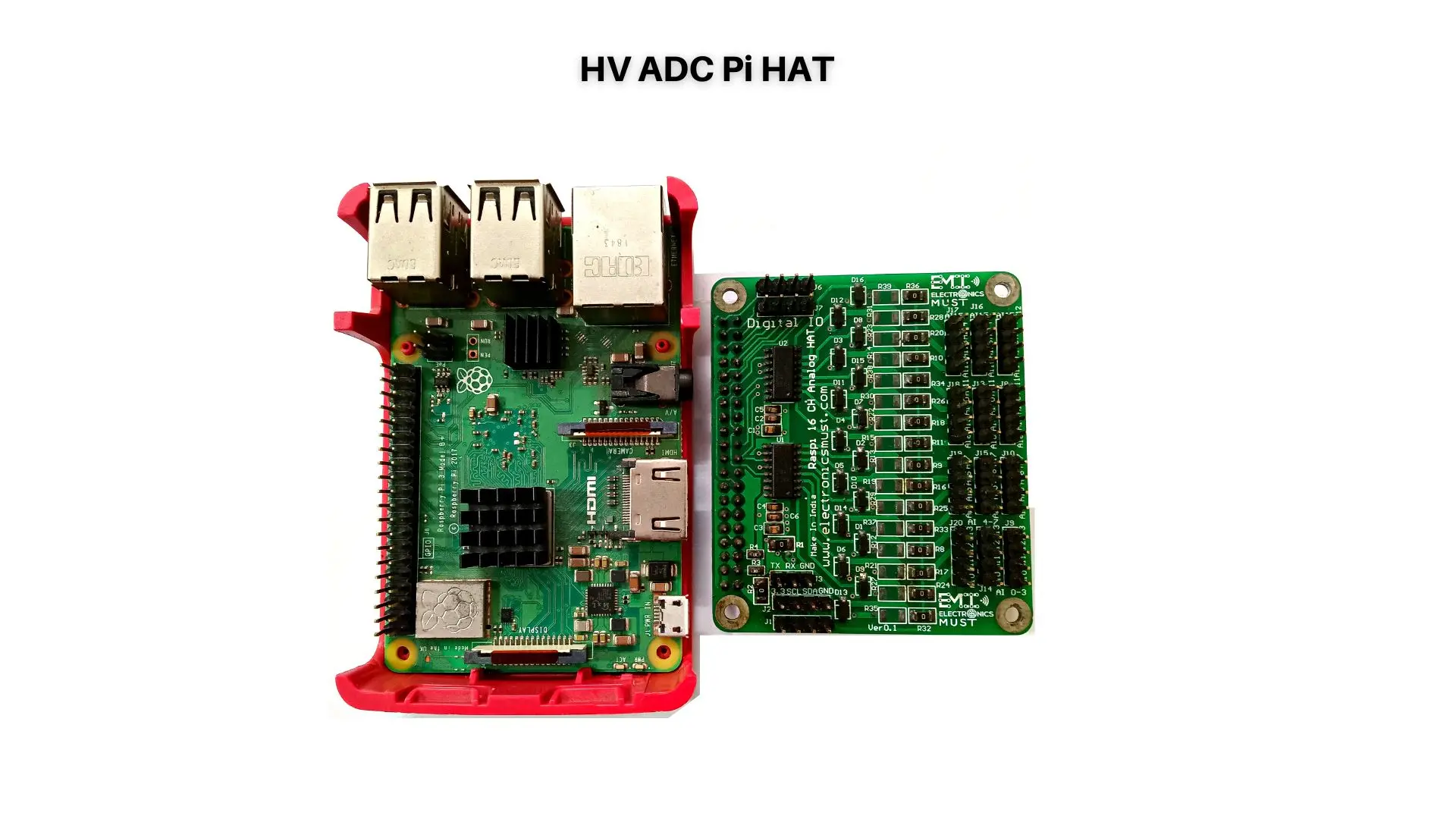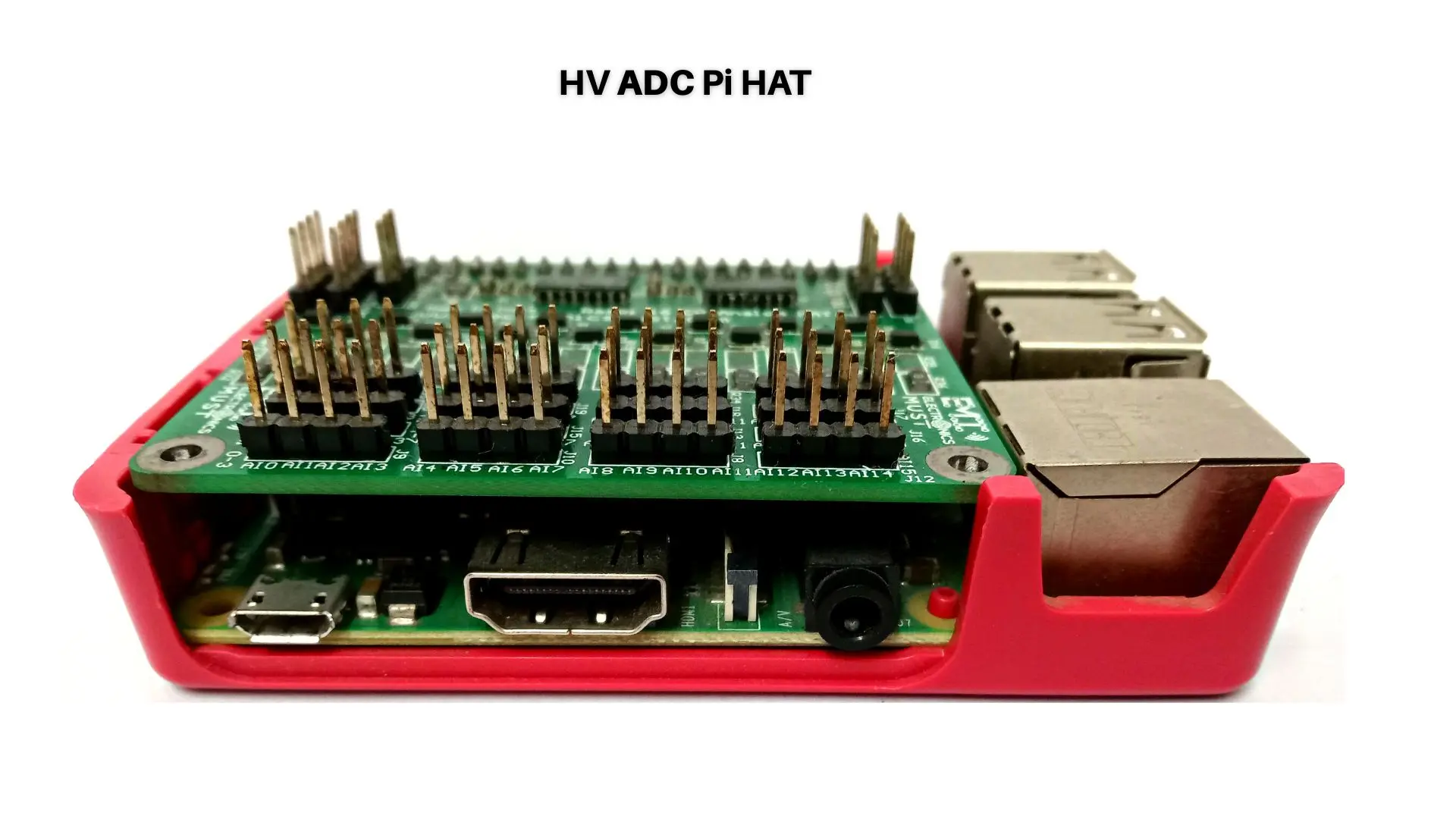Sensor design services involve the development of custom sensors for specific applications. This can include the selection of appropriate sensing elements, the design of sensor packaging, and the integration of the sensor with electronic circuits. Custom sensor design services can ensure that the sensors meet the specific requirements of the application, including sensitivity, accuracy, and response time.
Sensor design and integration services are essential for the development of electronic devices that require accurate and reliable sensing capabilities. Here are five points to consider when selecting sensor design and integration services:
Expertise and Experience: It is important to work with a sensor design integration service provider that has a team of experts with the necessary knowledge and experience to design and integrate sensors. Look for a provider that has a track record of successful projects and a proven process for sensor design and integration.
Customization and Flexibility: Sensor design and integration services should be able to customize sensors to meet the specific needs of the application. This can include selecting the appropriate sensing technology, sensitivity, and power consumption requirements. Look for a provider that is flexible and can customize sensors to meet specific sensing needs.
Advanced Simulation and Testing: Advanced simulation and testing are essential for optimizing sensor performance. The provider should have access to simulation tools that can accurately model and simulate sensor behavior in different operating conditions. Additionally, the provider should have a comprehensive testing process that includes functional testing, electrical testing, and environmental testing to verify sensor performance.
Integration with Electronics: Integration with electronics is critical for sensors to function properly within electronic devices. Look for a provider that has experience in integrating sensors with electronics and can provide design solutions that minimize noise, reduce power consumption, and maximize sensor accuracy.
Support and Maintenance: Support and maintenance are important for ensuring the long-term performance of the sensor. Look for a provider that offers long-term support for maintenance and upgrades of sensor designs. This can help address any issues that arise during the product’s lifetime and ensure that the sensor continues to perform at optimal levels.
In conclusion, sensor design and integration services are crucial for the development of electronic devices that require accurate and reliable sensing capabilities. When selecting a sensor design and integration service provider, it is essential to consider their expertise and experience, customization and flexibility, advanced simulation and testing capabilities, integration with electronics, and support and maintenance services. By choosing a provider with a proven track record of successful projects and a comprehensive approach to sensor design and integration, companies can ensure that their sensors meet the specific requirements of their applications, including sensitivity, accuracy, and response time, and continue to perform at optimal levels over the product’s lifetime.






